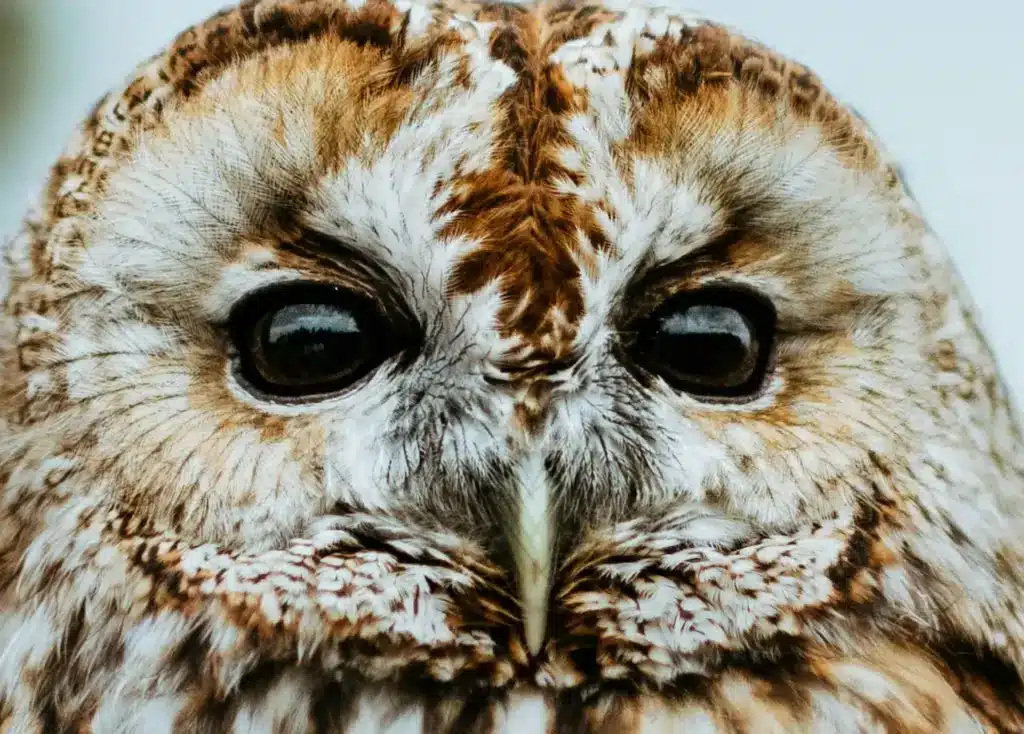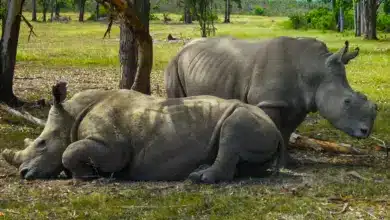Endangered Spotted Owl Update
Top 10 Endangered Species News Update On Spotted Owl
The northern spotted owl, emblem of the Pacific Northwest’s old-growth forests, dodged a bullet last week when Secretary of the Interior Ken Salazar opted to scale back on old-growth-forest logging plans in Oregon. Salazar said he would also review whether more modest logging could take place in a 2.6-million-acre Oregon tract without damaging the spotted owl’s chances of survival as a species. The spotted owl is listed as “threatened” under the federal Endangered Species Act.

The New York Times also reported that Salazar’s action reversed a Bush Administration decision last year to double the amount of logging conducted in that same tract.
The spotted owl was officially listed as “threatened” in 1990 because its habitat is old-growth forest–large trees that are 150 years old or more–and old-growth forests throughout the Northwest were fast disappearing due to logging. Only 20 per cent of Northwestern old-growth forests currently remain. Spotted owls require them because they build their nests in natural cavities that develop in old-growth trees.
The listing triggered a prolonged and bitter battle between environmentalists and much of the Northwestern logging community that ran throughout the early to mid-1990s.
While environmentalists apparently “won” the fight, and things have been relatively quiet on the spotted owl front in recent years–and despite Mr. Salazar’s commendable move–the threatened bird is far from being out of jeopardy. Old-growth forest protection plans have proven inadequate, especially considering that they have not always been implemented in good faith. In addition, the spotted owl now faces serious competition from the barred owl, a close relative that is encroaching on its range. The spotted owl’s population has continued to drop.
More Wildlife News & Wild Animal Facts
In other wildlife news, Mongabay.com (perhaps the world’s best rainforest site) provides some rare good news and optimism on the Amazon rainforest front. The key, as in so many crucial ecosystems, is giving the local population a stake in sustainability . . . .
As for that Scottish story on the possibility of reintroducing wolves after 250 years to control red deer, we wonder where they’d get the wolves, since there aren’t very many of the European species left. Russia, perhaps? —Paul Guernsey


